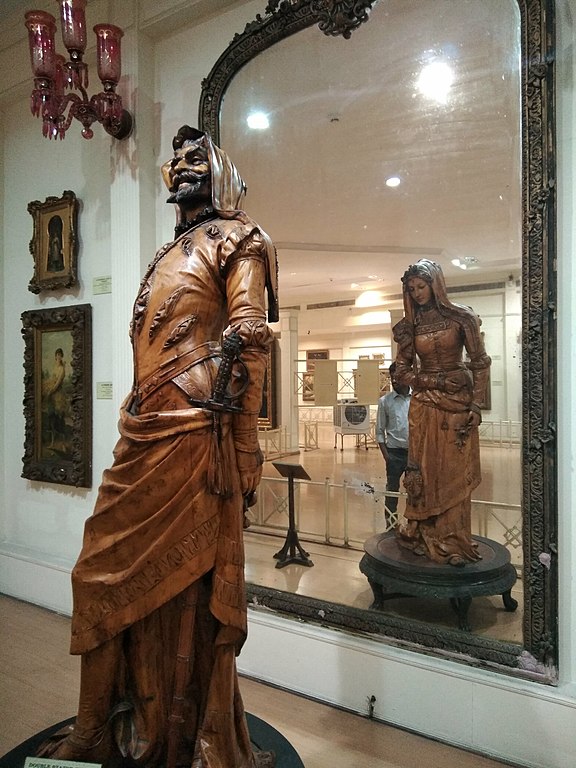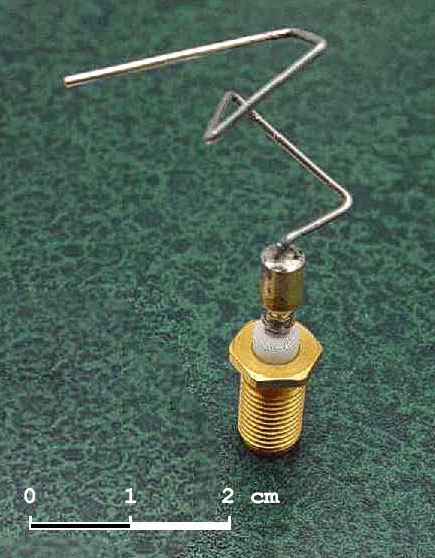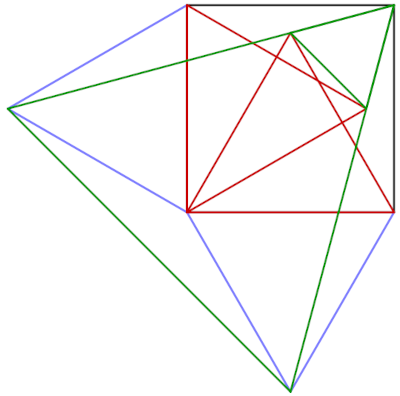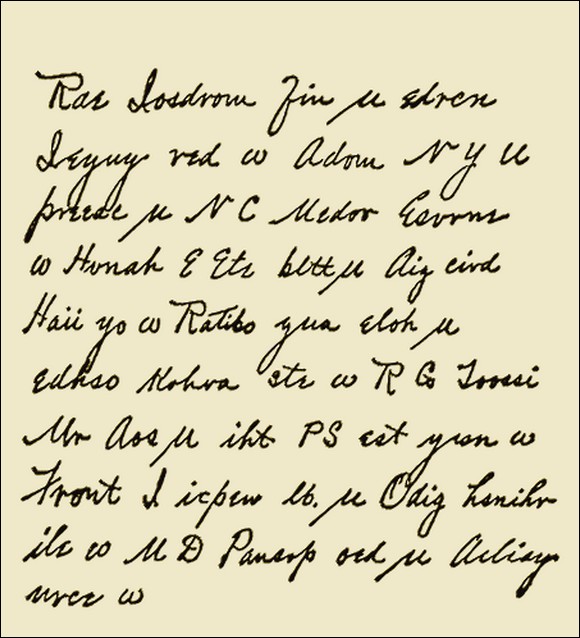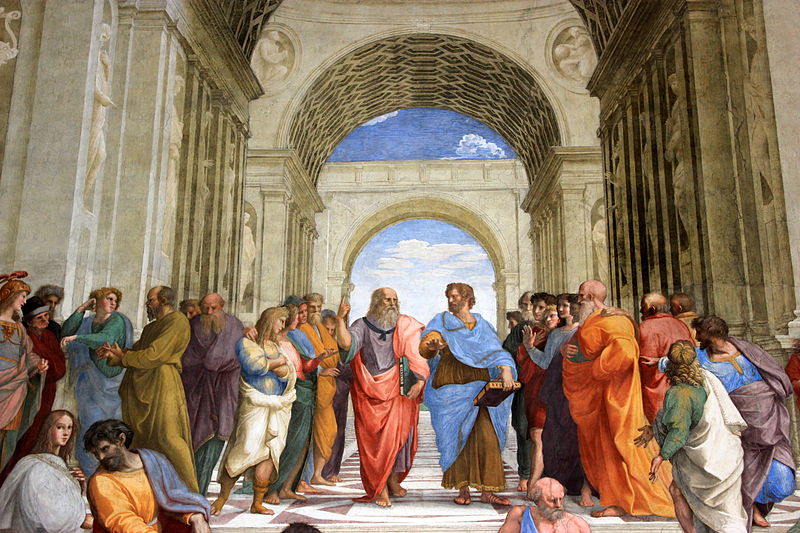Jami Johnson lost her wallet on December 11, 2007, when she left it on the counter at the Zip Trip convenience store in Clarkston, Washington. A surveillance video showed a man pick it up and walk out of the store with it.
The man, Michael Millhouse, was arrested two days later and charged with theft. How did police catch him so quickly? The Lewiston Tribune had published a frame from the surveillance video on its front page, directly below a four-column photo of Millhouse decorating a local window for the holidays. He was identified by name and was even wearing the same clothing as in the surveillance photo.
Clarkston Police Chief Joel Hastings said, “Initially, Millhouse denied taking the wallet and then said that he had taken the wallet, and thought it was his wife’s wallet. Later he said that he intended turning the wallet in to the police but had forgot about it.”
Police found the wallet at Millhouse’s business, Millhouse Signs of Lewiston, and returned it to Johnson. “This is the most unusual of any one I know of, to have both pictures on the front page at the same time and in the same location,” Hastings said. “I’ve never experienced that anywhere.”

